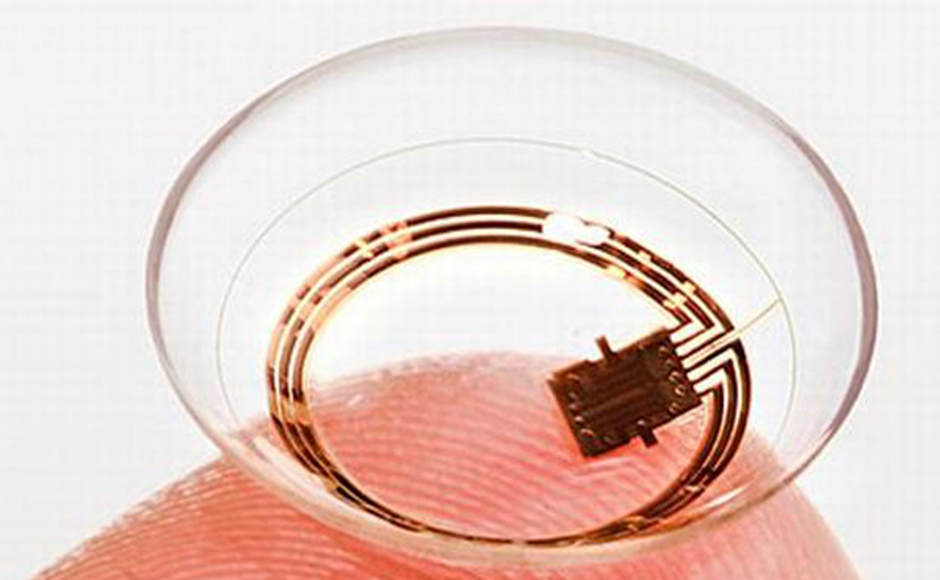
Google – Novartis Diabetes contact lens, to begin testing in 2016
Swiss based pharmaceutical giant Novartis and Google had announced in 2014, their collaborative project to develop a smart contact lens that can continuously monitor the wearer’s blood glucose levels. When this research project is realized, millions of people suffering from diabetes around the world can do away with their painful routines of pricking their finger tips with micro needles to extract blood samples for measuring glucose levels. How does that sound? Quite a revolutionary research undertaking that might come as a big relief for diabetic patients.
At present, diabetics monitor their glucose levels by pricking themselves in order to swab their blood with a test stripe, which is then inserted into an electronic reading device. Though some wear glucose monitors with a sensor embedded under their skin, all people with diabetes must still prick their finger and test drops of blood. It’s disruptive and painful; as a result more & more people resort to checking their blood glucose levels, less often than they should. This new smart contact lenses from Google would eliminate this annoying daily procedure.
It is well known that research has been going on for years to identify suitable bodily fluids other than blood that can be a reliable medium for testing blood glucose levels. One such source that showed promise was tears which are essentially a secretion by the Lacrimal gland that is situated above the eyeball.
Outwardly the smart lenses appear like normal contact lenses available today but inside, they are fitted with minuscule wireless chips and sensors wedged between the two lenses. The device measures blood sugar levels at any given moment by examining the recipients’ tears. Plans exist to incorporate LED lights inside the lenses, to warn the user when these levels become either too low or too high. The dimensions of the electronics inside the lens are quite amazing. Both the sensors and chips are the size of a speck of glitter and its wireless antenna is thinner than the breadth of a human hair.
Google and Novartis have more recently announced that testing of this patented design with human participants will begin in 2016. At a time when the International Diabetes federation has said that the world is losing the battle against Diabetes, and that by the year 2030, one in every 10 adults will have diabetes, it is a welcome initiative by Google to support this research project.
Vijay ram

